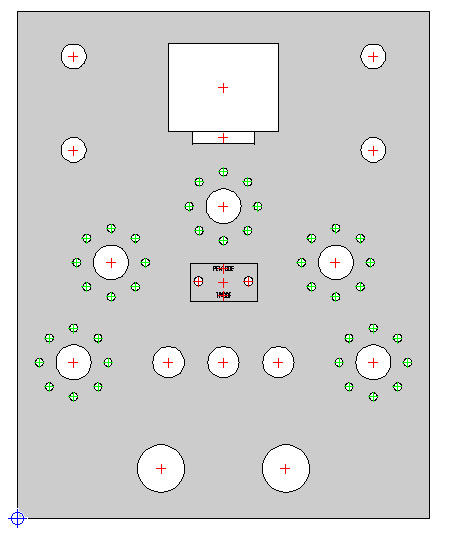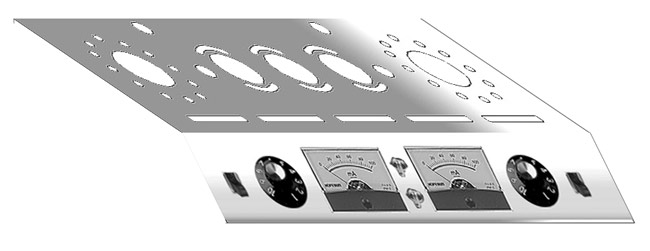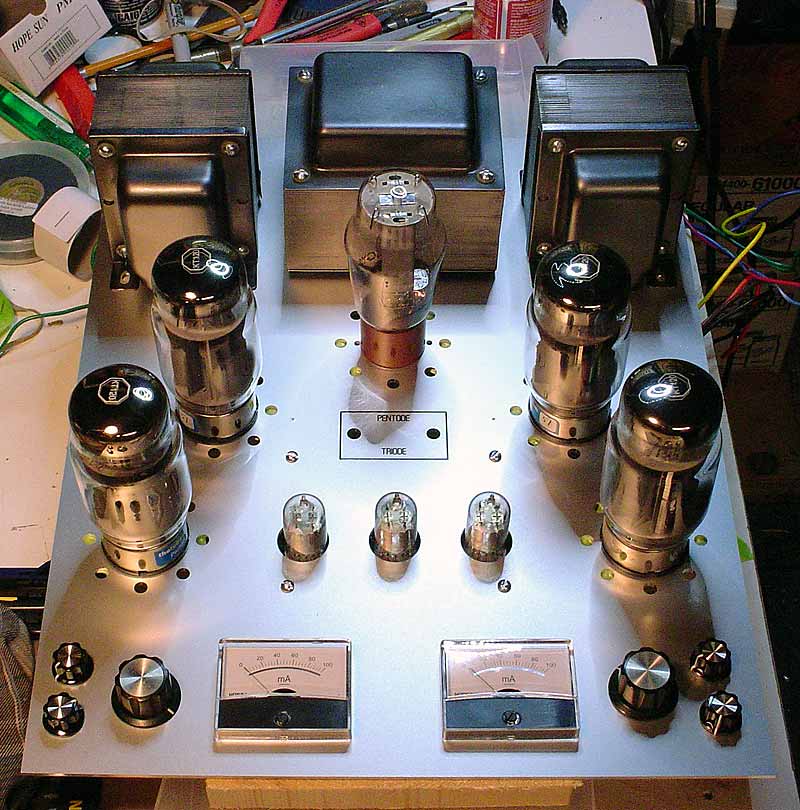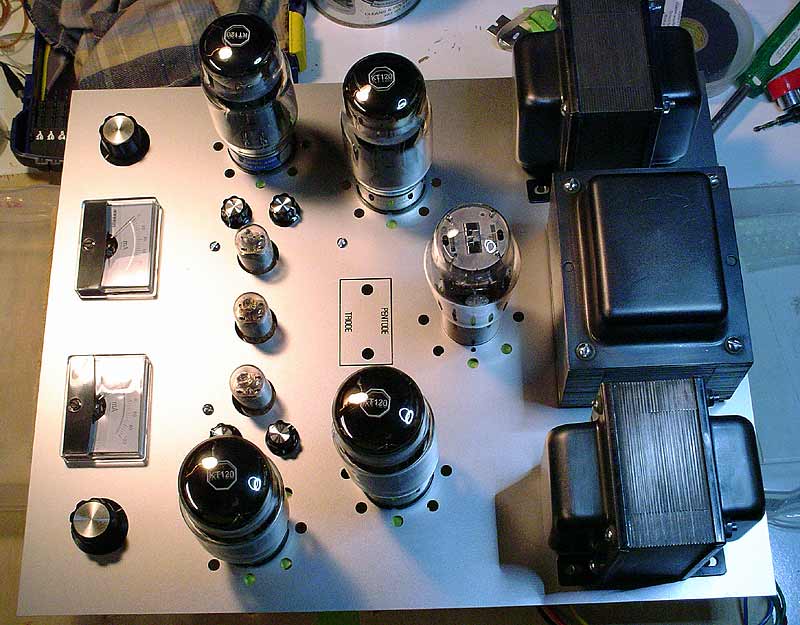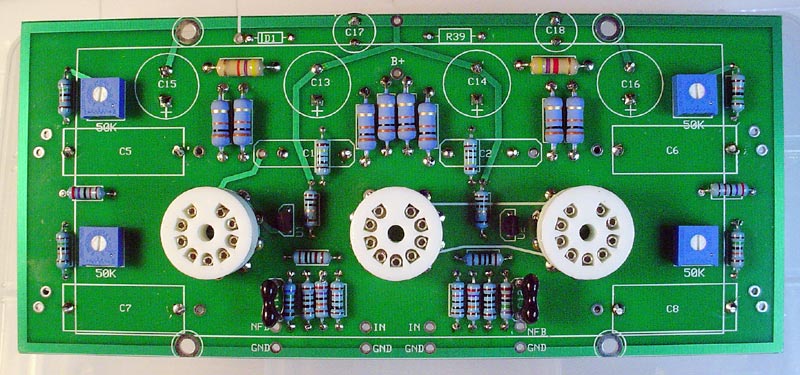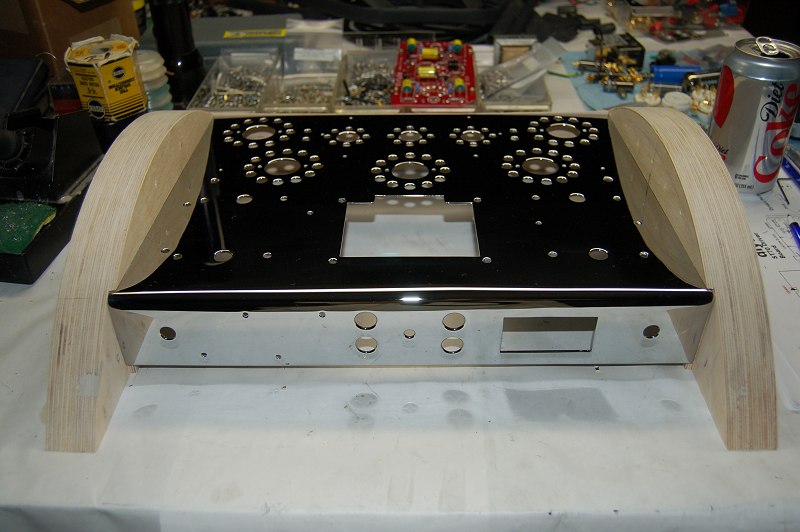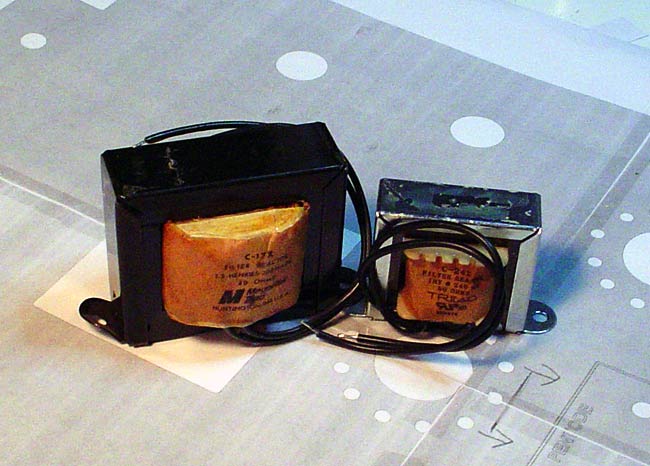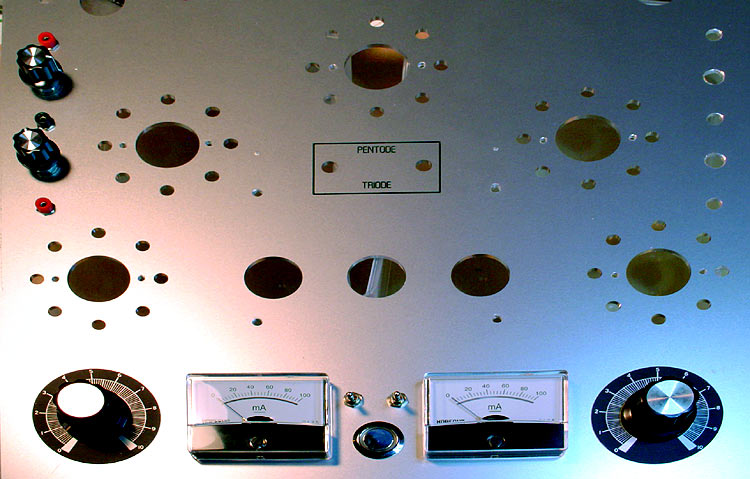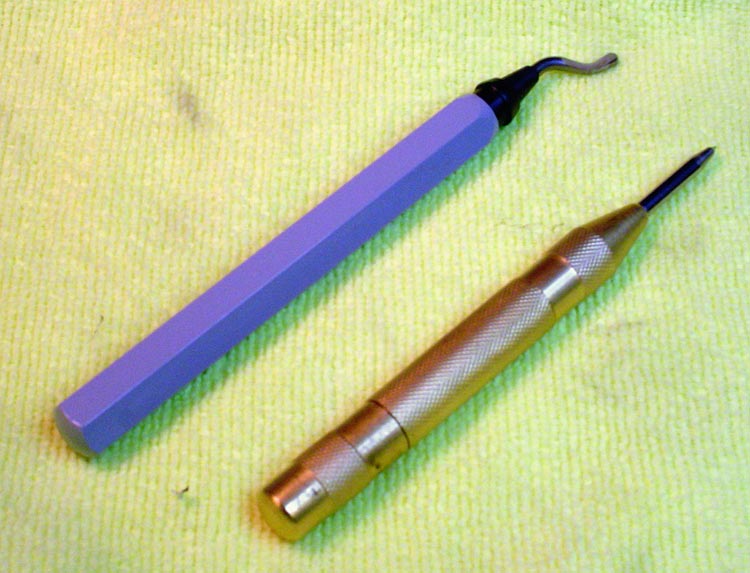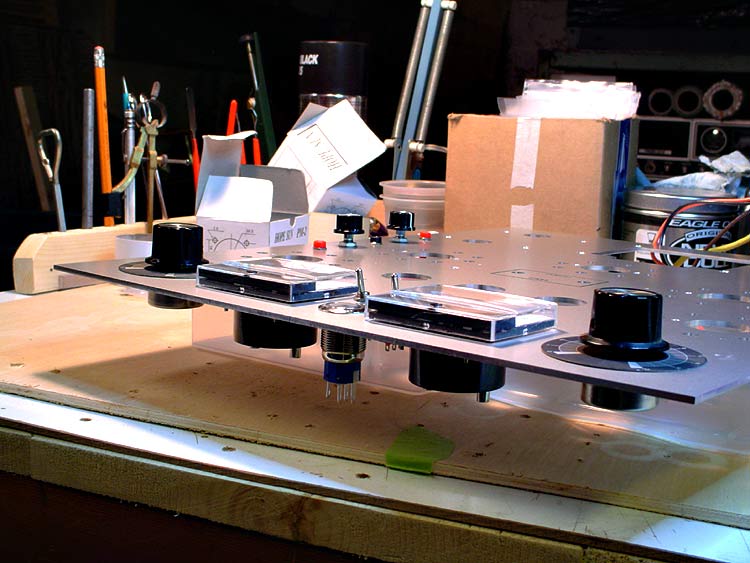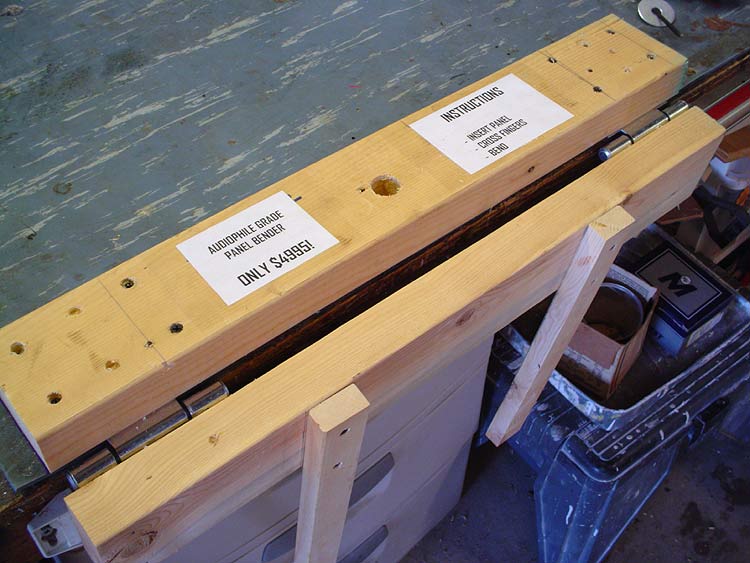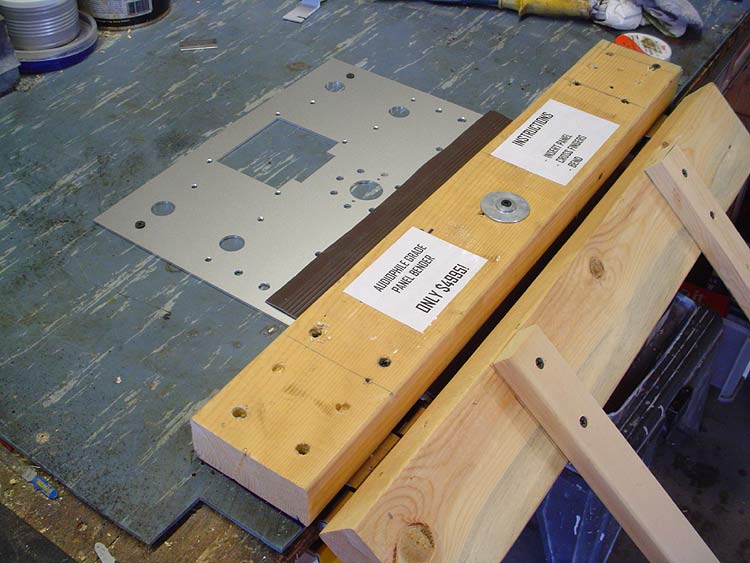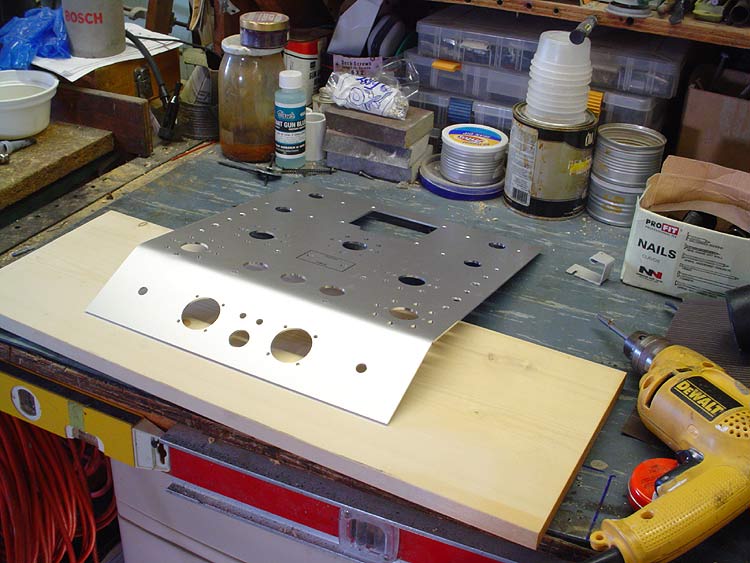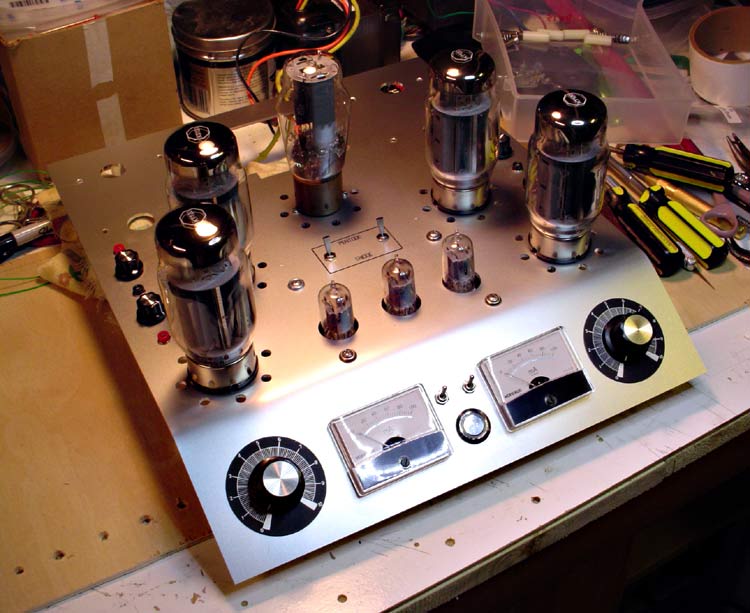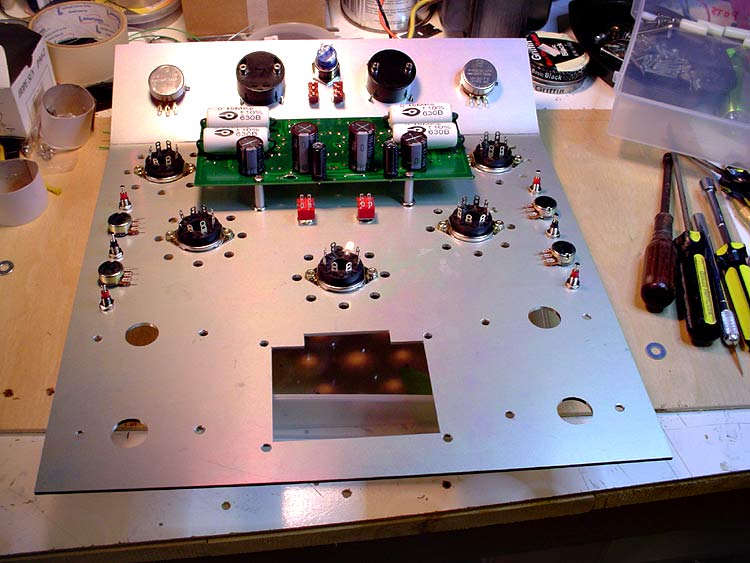sKiZo
Hates received: 92644 43.20°N 85.50°W
Picked up on a Latino ST-120 tube amp kit a bit back with the intention of having a bit of fun with the build. The Dynaco ST70 clone chassis is quite nice, but ... I planned from the start to go with BIG bottles and needed some more room. This also gives me the opportunity to increase the choke size and hide the quad can cap underneath. Long as I'm at it, how about a custom front panel?
We had a real nice thread going during the selection process that has some good info on requirements and what's available if you're looking. Also has some of the preliminary musings on what I wanted to end up with.
http://www.audiokarma.org/forums/showthread.php?t=511281
For those not familiar with the amp, here's what the normal build looks like.
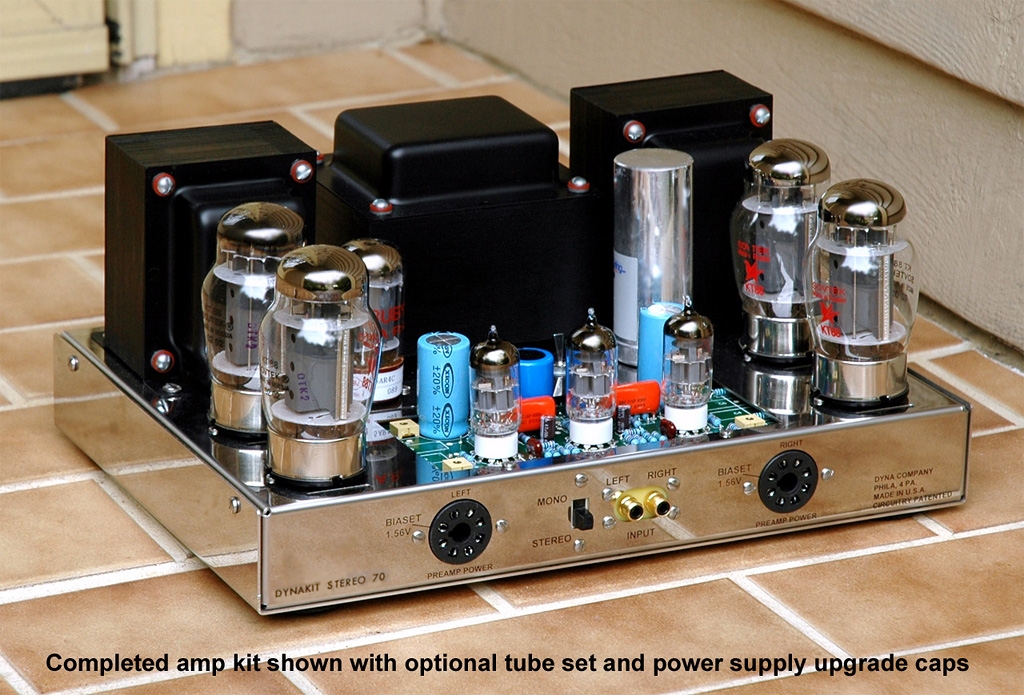
Conservatively rated at 60WPC but run more like 70WPC with no effort. People who have them tend to be quite pleased with them. Quality components, and very concise step by step instructions, and Bob Latino is very strong on support if you manage to solder yourself into a corner. Also very competitively priced.
The amp is designed to fit into a standard Dynaco ST-70 chassis with absolutely no modifications. One of my biggest concern was the TungSol KT-120 tubes I plan to use for power. Those are massive compared to an EL-34 or KT-88. I also plan to use a big bottle rectifier instead of the stock GZ-34. I also want bias meters and standard adjustment pots for convenience. And bling of course. <G>
So ... step one. Design a chassis ...
We had a real nice thread going during the selection process that has some good info on requirements and what's available if you're looking. Also has some of the preliminary musings on what I wanted to end up with.
http://www.audiokarma.org/forums/showthread.php?t=511281
For those not familiar with the amp, here's what the normal build looks like.

Conservatively rated at 60WPC but run more like 70WPC with no effort. People who have them tend to be quite pleased with them. Quality components, and very concise step by step instructions, and Bob Latino is very strong on support if you manage to solder yourself into a corner. Also very competitively priced.
The amp is designed to fit into a standard Dynaco ST-70 chassis with absolutely no modifications. One of my biggest concern was the TungSol KT-120 tubes I plan to use for power. Those are massive compared to an EL-34 or KT-88. I also plan to use a big bottle rectifier instead of the stock GZ-34. I also want bias meters and standard adjustment pots for convenience. And bling of course. <G>
So ... step one. Design a chassis ...
Last edited:


